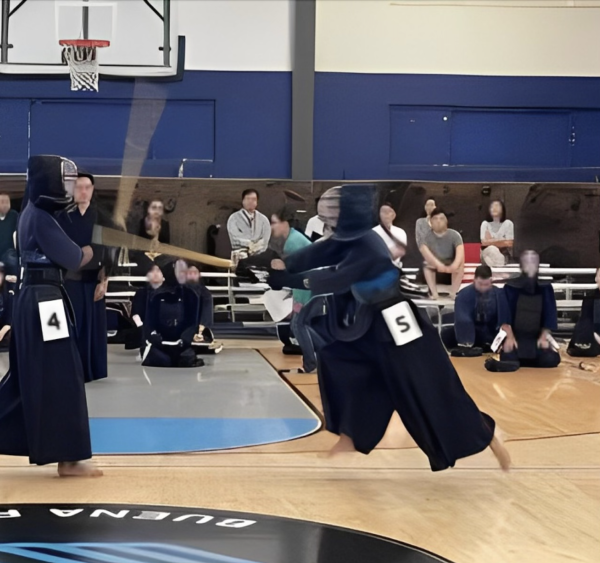A Price Worth Paying
February 19, 2020
While many of Portola’s social studies courses already incorporate components of ethnic studies into their curricula, more than just the occasional reference is necessary for students to gain a deeper understanding of other cultures. By making a course dedicated to ethnic studies a graduation requirement, California schools can avoid a shallow or inaccurate representation of other cultures while promoting inclusivity and giving students the freedom to pursue their interests.
Currently, Portola students are required to take a world history and American history course along with Passion Civics to fulfill the government and economics requirements. World history courses are often Eurocentric and American history courses often focus on the contributions of white Americans rather than those of other ethnic groups.
“The more that you know about a specific group or culture, the more you’re exposed to them, the more that you learn about their backgrounds, it makes you a better person,” social studies teacher Shameemah Motala said. “It makes you more diverse in your knowledge. It also makes you able to empathize more and see the world from different perspectives rather than your own community and your own upbringing.”
Right now, we’re learning about world wars, but that isn’t enough to go more in depth about certain countries.
— Janice Kim
Rarely do world and American history courses devote more than a few weeks to learning about ethnic minorities; many groups are mentioned only briefly if at all. Students cannot expect to gain a deeper understanding of different cultures if courses do not offer enough content within their curricula. Adequate time is necessary for students to form connections with the topic they are learning about.
“Right now, we’re learning about world wars, but that isn’t enough to go more in depth about certain countries. It’s just very brief,” freshman Janice Kim said. “Any ethnic studies in general that focuses on a country and dives deeper into what their perspective was on topics such as the world war would be appealing and generally more interesting to students.”
Critics point out that deciding which cultures are represented in an ethnic studies course can create more problems than it solves. And while it is true that similar programs have caused controversy in the past, designing a student-driven curriculum will ultimately cater more to student interest than any textbook-centered class.
A course that encourages the exploration of different ethnicities will allow students to do more independent research on a culture they are passionate about, examine a variety of sources and case studies, and draw more holistic and accurate conclusions. It will provide them with the opportunity to recognize multiple perspectives on a culture, instead of whatever position adheres to the laundry list of state standards in general social studies curricula.
Implementing a mandatory ethnic studies course in California schools will send a message to communities about the importance of staying culturally informed. A course like this one would effectively educate students on diversity, which is the first step in creating a more inclusive society.













